Introduction:
The Franken UPS is a simple unprintable power supply based on a set of car batteries, a 3000W True Sign Wave/Pure Sign Wave inverter and a battery charger. With rolling blackouts a reality in South Africa due to the recent collapse of a primary power station coal storage silo I needed something that could power my server rack and all its equipment, my gaming pc, a TV and some lights for at least 10 hours.
My design needed a movable trolley with a modular stackable design so that I could move it arround and add more battery packs if required in the future. In reality we do not have black outs that often and they do not last longer than 6 hours so I would not need to drain the batteries to empty regularly so I settled for cheaper car batteries instead of deep cycle batteries.
I had run a similar setup for a while using 2 card batteries and a small 6A charger but the charging time was ridiculous and without a neat frame or cabinet the solution was just sitting on the floor all the time irritating the hell out of me.
Run Time:
If my calculations are correct the 3000W inverter draws 13.63Ah at full load so in theory with the 4 series connected car batteries I have 240Ah capacity available giving the theoretical running time as 17 hours.
 Dewet
Dewet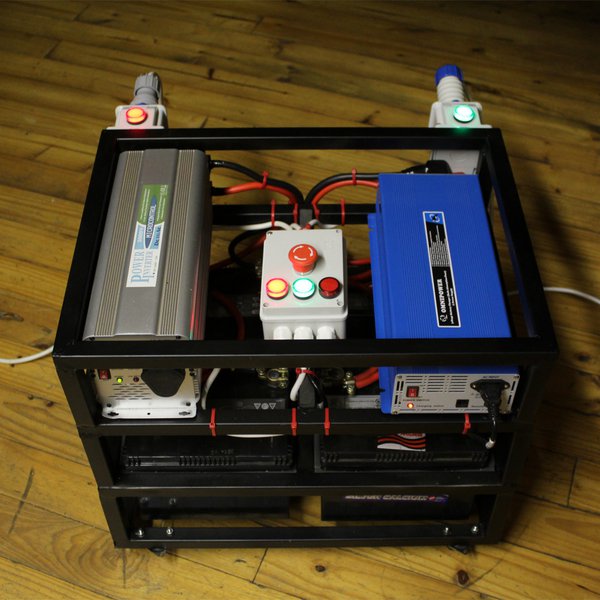

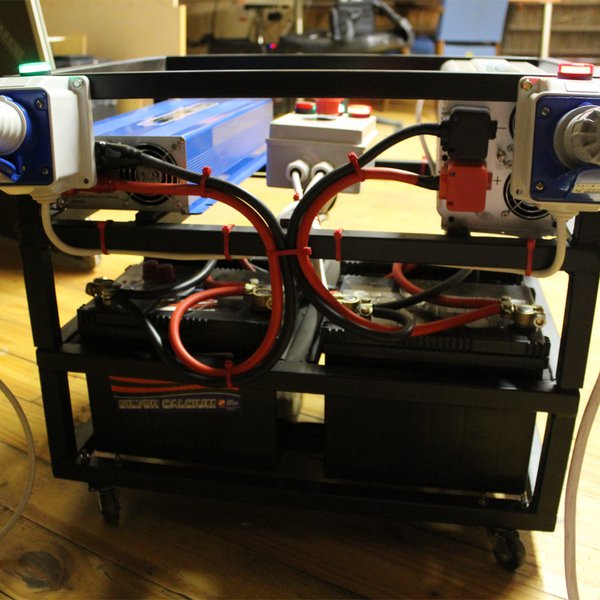

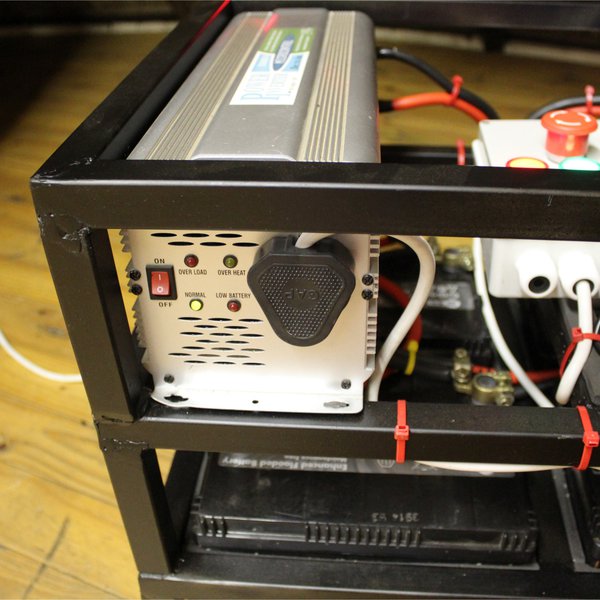



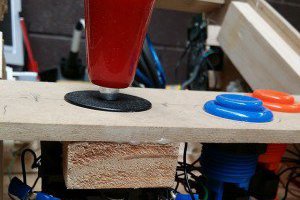
 sairuk
sairuk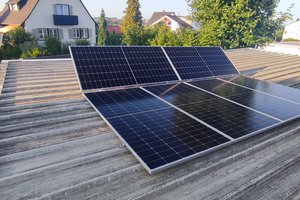
 Dominic Buchstaller
Dominic Buchstaller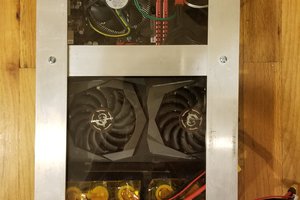
 ServError
ServError
 ric866
ric866
Does this work as a true "uninterruptable" power supply? I've kind of wanted to build one myself; but wouldn't you need to sync the inverter with mains frequency so that when you cut over, it is in phase? Likewise when mains recover, you'd have to speed up or slow down the inverter frequency until it's back in sync with the mains and then switch back over. I think that's what commercial UPS's do.